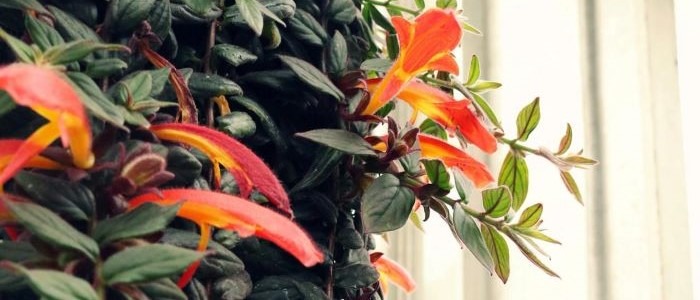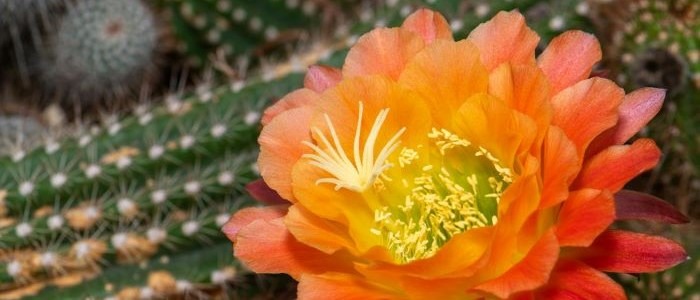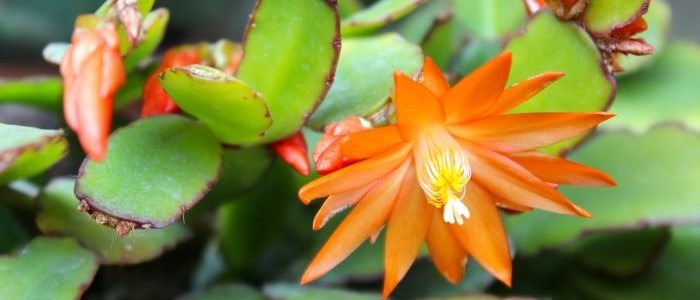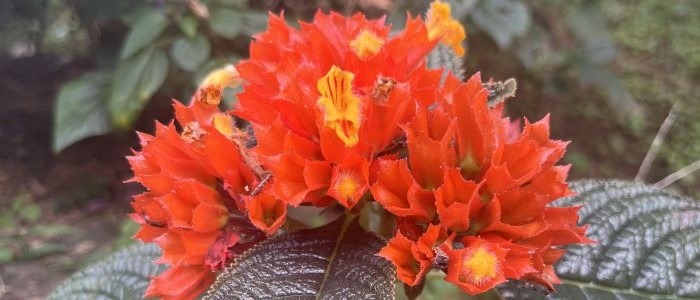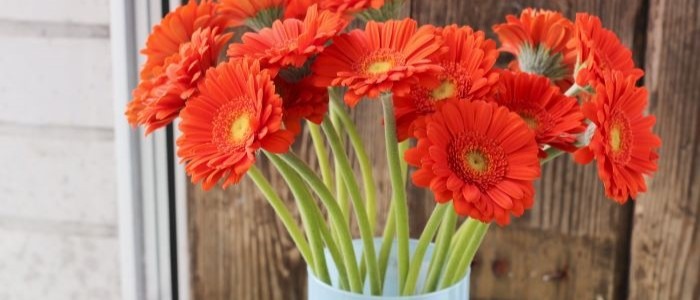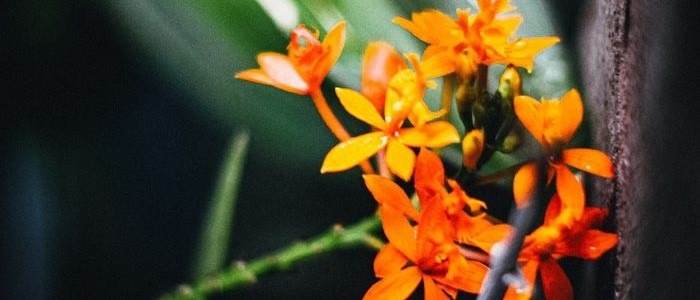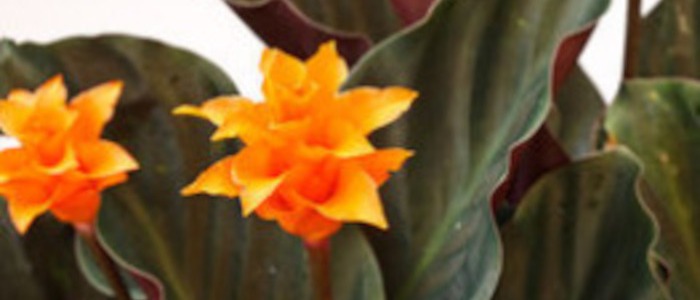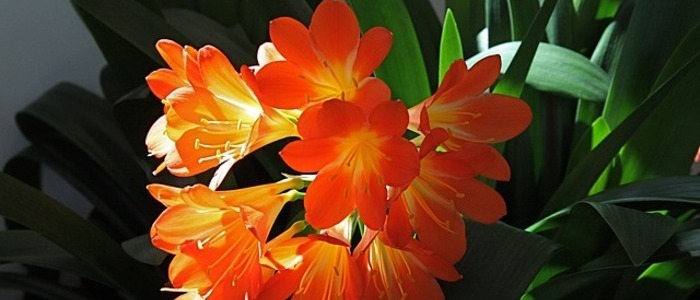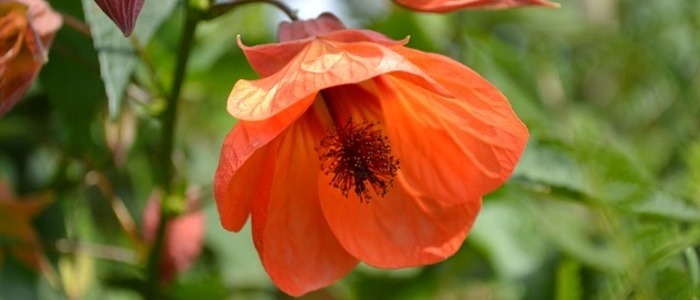The Lipstick plant may be right for you if you are looking for a unique orange house. The Lipstick plant is not as popular as many other flowering houseplants, but it is worth looking into for its unusual appearance. These plants have shiny leaves and bright red or orange-yellow flowers that dangle from their vines.
Their leaves are also mottled and making them attractive hanging plants. They are suitable for indoor gardens because of their adaptability to indoor conditions, which makes them great for purifying the air. So now that we have talked a lit bit about this peculiar houseplant let’s take a closer look at learning more about taking care of this plant.
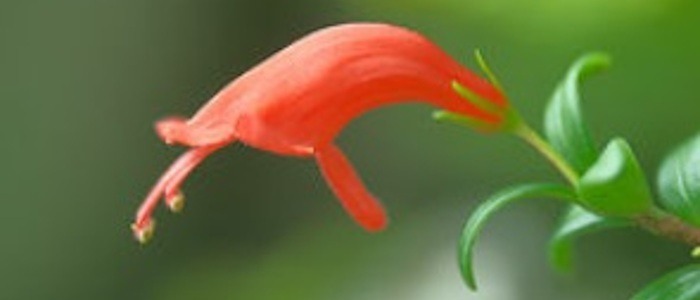
How do I make my lipstick plant fuller?
To make your lipstick plant fuller, there are several techniques you can try. First, ensure that it is receiving adequate sunlight. Place it in a spot where it can get bright, indirect light for at least a few hours each day. Additionally, regular pruning can help promote bushier growth. Trim back any leggy or straggly stems to encourage new growth and a more compact shape. Another tip is to provide proper nutrition by fertilizing your lipstick plant regularly with a balanced houseplant fertilizer. Finally, consider repotting your plant into a slightly larger container to give its roots more room to spread.
What is the scientific name for the lipstick plant?
The scientific name for the lipstick plant is Aeschynanthus radicans. This tropical evergreen vine belongs to the family Gesneriaceae and is native to Southeast Asia. It is known for its vibrant, tubular flowers that resemble tubes of lipstick, hence its common name. Aeschynanthus radicans is a popular choice among houseplant enthusiasts due to its striking appearance and relatively low maintenance requirements.
Tips For Taking Care of the Lipstick Plant
If you’re trying to grow a lipstick plant, here are some tips for successful growth. It needs a constant watering regime to keep its foliage green and healthy. Keep the soil moist but not wet, and if you notice any black spots on the leaves, treat them right away. If you see dropping leaves, they’re either too cold or too thirsty. Temperatures in the 50s Fahrenheit range can cause leaf drops.
As with other houseplants, the Lipstick Plant needs plenty of sunlight, but not direct sunlight. Too much sunlight will result in brown tips on the foliage, and too little light will result in the opposite problem. If you notice that your lipstick plant is starting to bloom, it’s time to add some bright light to its environment.
When watering a lipstick plant, allow the top two inches of soil to dry out. Water only until the pot feels dry, and avoid over-watering as this can cause root rot.
During the winter, you can reduce watering to a minimum. During this time, the plant will not grow as quickly as it would in the spring or summer.
How to Propagate the Lipstick Plant
You may be wondering how to propagate the Lipstick Plant (Aeschynanthus). If so, then read on for helpful tips. Lipstick plants can be propagated by taking stem cuttings and placing them in a moist mix of peat moss and perlite. Propagation by layering is another option. To layer a plant, you can simply pin the stem nodes to an adjacent pot or tray. Then, you just need to cover the stem nodes with moist soil. After that, the mother plant will grow a new plant.
If you have a spare pot or two, you can also propagate your own plant. Lipstick plants need constant moist conditions for root development, so you can cover the container with a clear plastic bag. Make sure to water regularly to avoid letting your plant dry out. Ideally, it takes four to six weeks for a lipstick plant to develop roots. It is also important to remember that lipstick plants do not thrive in direct sunlight, so provide indirect light for six hours a day. Also, make sure to keep the temperature between 50 and 65 degrees Fahrenheit.
Despite its name, the lipstick plant is easy to care for and requires little maintenance. It does well in home temperatures, but should not be placed in direct sunlight. If you cannot find a sunny window or a warm room, keep the plant indoors during the winter.
How to Prune The Lipstick Plant
If you are not able to grow a healthy and beautiful Lipstick Plant, you may need to prune its leaves. Yellow leaves are often a sign of nutrient deficiencies. Remove any dead leaves or damaged plant tissues from the foliage.
If the plant is not receiving enough water, it cannot perform vital processes such as cell division and photosynthesis. You can restore its green color by adding diluted houseplant fertilizer. It is also advisable to place the lipstick plant in a shady spot and protect it from direct sunlight.
Lipstick plants are native to tropical areas and thrive in consistently warm temperatures.
Common Problems Found in the Lipstick Plant
If you want to grow your own lipstick plant, you must take the necessary steps to care for it properly. It’s easy to propagate this plant using stem cuttings. Simply cut off the end of the vine with the nodes and stick it in the soil. Keep the pot out of direct sunlight and water it when the top inch feels dry. If you want to root it faster, use plastic bags to protect the stems.
A lipstick plant’s leaves are susceptible to blight, a fungal disease, which causes the lower leaves to discolor. Another common problem that affects the plant is too much moisture. If you mist it too much, make sure to allow the soil to dry out before watering it again. It’s also susceptible to cold, as temperatures below 50 degrees Fahrenheit will cause the leaf to drop. Avoid overwatering, as overwatering will result in a pumice effect.
To keep your lipstick plant disease-free, keep its water levels in check. While lipstick plants are not particularly susceptible to pests, humidity is essential for them to grow well. Humidity is important for the plant’s health, but too much humidity can be harmful to it. If the humidity is too high, the plant can develop a fungal disease called botrytis. To treat this disease, you must remove any dead leaves or damaged plant tissues from the foliage.
Another common problem is inadequate light. Because lipstick plants bloom in indirect light, they need a certain amount of indirect light every day. Direct sunlight can damage the plant’s foliage, while too little can result in leaf drop and slow growth. As a rule of thumb, a lipstick plant needs five hours of indirect light per day. It also needs a pot, a hanging basket, or a tall plant stand, which can accommodate a large pot.
Other Houseplants with Orange Flowers

